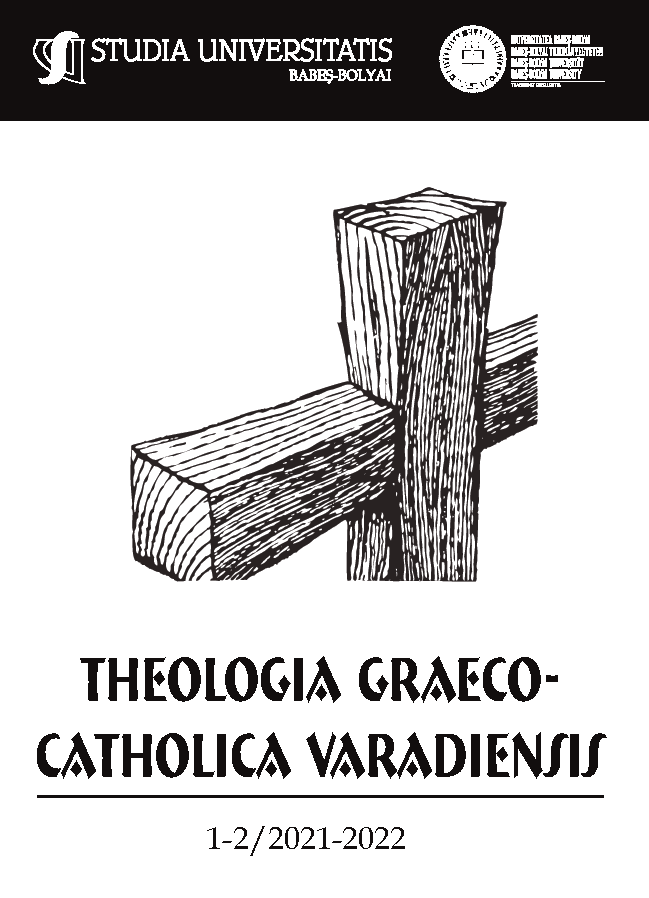ÎNTRE ROMA ȘI NAȚIUNEA ROMÂNĂ. CONSIDERAȚII PRIVIND IDENTITATEA BISERICII ROMÂNE UNITE LA ÎNCEPUTUL SECOLULUI XX
DOI:
https://doi.org/10.24193/theol.cath.var.2021-2022.02Keywords:
Romanian Greek-Catholic Church, confessional identity, national identity, Holy See, Austro-Hungarian EmpireAbstract
Between Rome and the Romanian nation. Considerations regarding the identity of the Romanian Greek-Catholic Church at the beginning of the 20th century. The present article seeks to offer a panoramic view of the identity of the Romanian Greek-Catholic Church at the beginning of the 20th century. The period of the second half of the 19th century was truly defining for the identity project of the Romanian Greek-Catholic denomination, if we consider the events that influenced it throughout this time. The Romanian Church United with Rome was elevated to the rank of metropolitanate, it was removed from the jurisdiction of the Hungarian Church of the Latin rite and placed directly under the authority of the Holy See, it was represented by two of its prelates at the First Vatican Council and underwent, in the following period, a thorough constitutional organization, in the form of legislation promulgated by three provincial councils and several diocesan synods. During this period, various projects circulated that sought to strengthen the missionary and proselytizing character of this Church, such as the plan to raise it to the rank of patriarchy, to expand the union with Rome among the Romanians, and last but not least, to appoint one of its leading hierarchs (Metropolitan Ioan Vancea), to the dignity of cardinal. Other events were real challenges for the Romanian Greek-Catholic Church, such as the "Catholic Autonomy" project in Hungary and the establishment in 1912 of the Hungarian Greek-Catholic Bishopric of Hajdudorogh. With a well-defined identity in relation to other denominations, even those with which it had several elements in common, such as Orthodoxy or Latin Rite Catholicism, the Greek Catholic Church expressed its identity according to the ethnic-national conditioning, on which it based its quality as a "Romanian Church", essential for its relationship with the national project of the Romanians in the Austro-Hungarian Empire.
Downloads
Published
How to Cite
Issue
Section
License
Copyright (c) 2022 Studia Universitatis Babeș-Bolyai Theologia Graeco-Catholica Varadiensis

This work is licensed under a Creative Commons Attribution-NonCommercial-NoDerivatives 4.0 International License.



